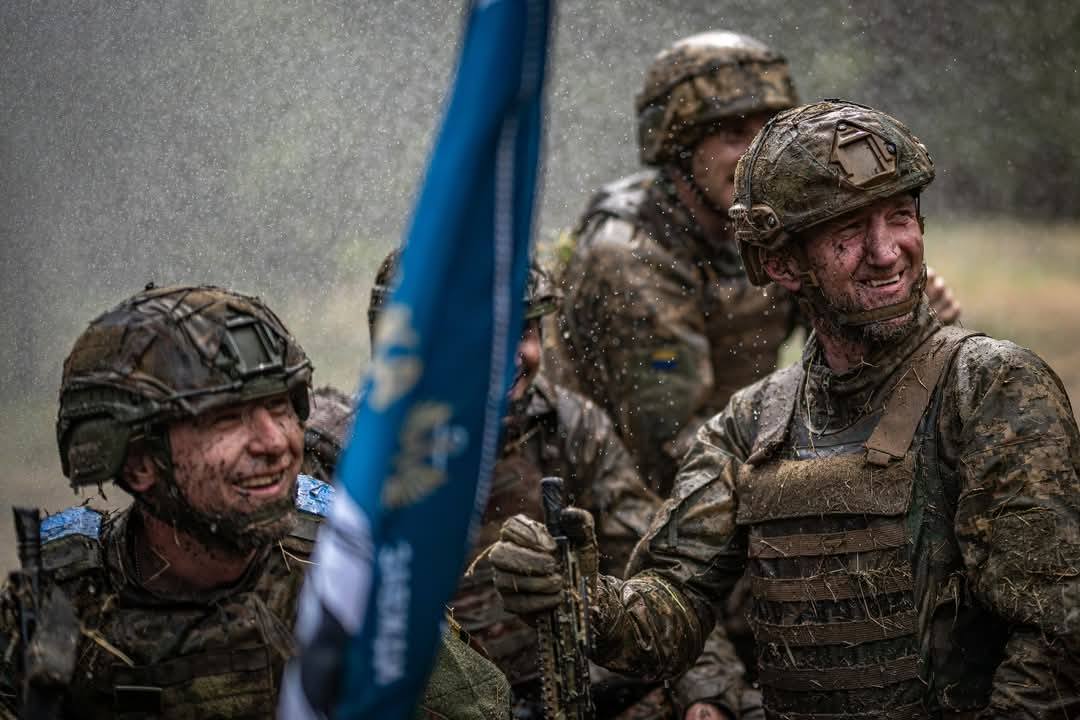Russia implements a coordinated “triple chokehold” strategy aimed at grinding down Ukrainian defenses through relentless pressure on multiple fronts, The Telegraph reports.
Over the past two months, this three-pronged approach—combining ground assaults, drone warfare, and long-range precision strikes—has become a hallmark of Russian operations.
“The whole Russian army is using the triangle strategy,” Serhii Kuzan, chairman of the Ukrainian Security and Cooperation Centre, told The Telegraph. “We call it the strategy and war of exhaustion.”
Ground assaults: Relentless pressure
The first component involves continuous infantry attacks designed to pin Ukrainian troops in static defensive positions. These repeated offensives are draining manpower and resources across key sectors.
“The intensity of the fighting in places like Pokrovsk is very high, with assaults every two hours,” Kuzan explained. “This is of course exhausting for our soldiers.”
Drones: Surveillance and mine warfare
The second prong uses drone technology to restrict Ukrainian mobility. Russian forces are deploying first-person view (FPV) drones for real-time reconnaissance and mine-laying missions, cutting off potential escape routes.
“Because of these drones, Ukraine is forced to man the front line with static defensive positions,” said Nick Reynolds, research fellow for land warfare at the Royal United Services Institute (RUSI).
Glide bombs: Long-range precision strikes
The third element targets rear defensive lines using retrofitted Soviet-era munitions equipped with wings and GPS systems. These glide bombs strike from a distance, making fortified positions increasingly vulnerable.
“Digging in reduces attrition from artillery and FPVs, but glide bombs will destroy those fortifications and bury people,” Reynolds warned.
Russia plans to produce around 75,000 glide bombs in 2025, averaging 205 per day, dramatically enhancing its ability to sustain pressure.

Ukraine’s adaptive defense
In response, Ukraine has shifted toward a dynamic defense strategy focused on constant repositioning and mobility. Ukrainian forces have also boosted production of FPV drones to counter Russia’s technological edge.
“The Ukrainians have become very adept and innovative about countering all types of Russian attack,” said Hamish de Bretton-Gordon, a former British Army colonel.
Strategic impasse despite gains
Russia’s approach has yielded some battlefield success, including the capture of nearly 1,500 square miles of territory in 2024—its most significant advance since the invasion began. However, experts caution that strategic limitations persist.

“Russia is fixing the Ukrainian forces but cannot manoeuvre to deliver a decisive blow,” de Bretton-Gordon noted.
Russian casualties remain steep, with losses reportedly exceeding 1,000 soldiers per day. Since the start of 2025, Ukraine claims to have destroyed 1,159 Russian tanks and over 2,500 armored vehicles. Training deficits and equipment shortages continue to plague Russian forces.
“Most of the soldiers on the front line now are barely trained conscripts who can just attack in a straight line,” added de Bretton-Gordon. “Many cannot even clean their rifles properly.”




